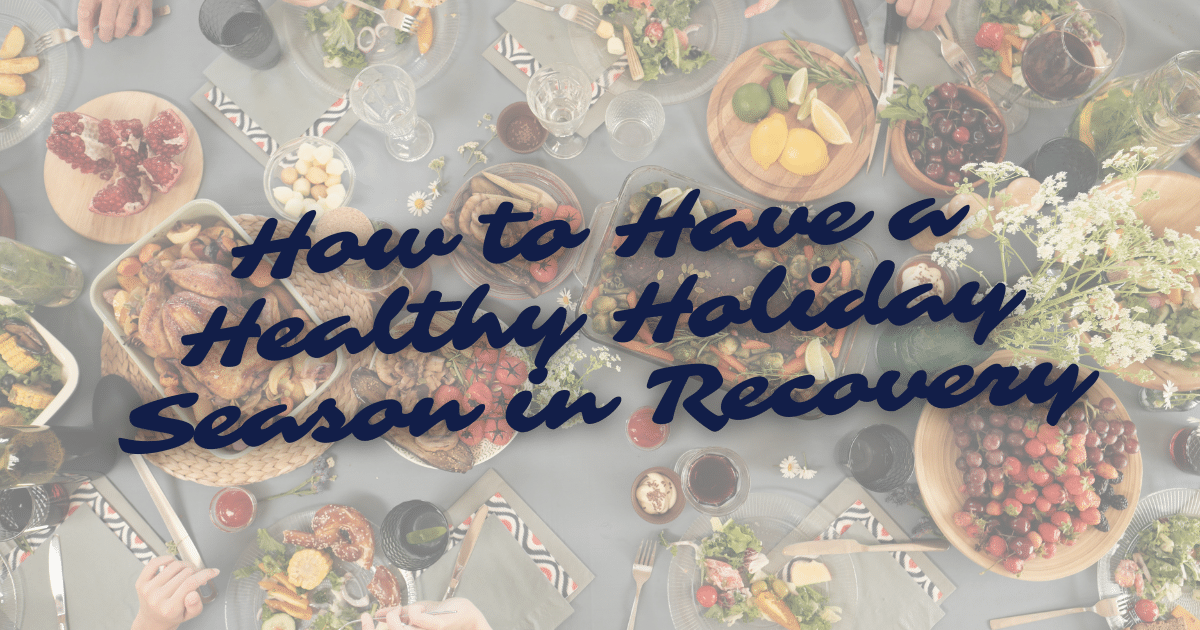Are Youth Drug and Alcohol Prevention Programs Successful?
Do youth alcohol and drug prevention programs work? Thanks to years of research, we know that preventative programming for youth works. But to have the desired results, it has to be the right kind of drug prevention programs for youth.
Drug Prevention Programs for Youth: What Works, What Doesn’t
Unfortunately, youth drug prevention programs that focus solely on social resistance—like ‘Just Say No’ and other peer-pressure-oriented campaigns—are minimally effective. While youths need to be able to say no to drugs, these types of programs are more reactive than they are proactive.
Other youth prevention programs employed include the ‘scared straight’ technique—using fear tactics to convince kids not to use drugs. This was an unscientific and rather unorthodox method and wasn’t particularly effective in dissuading kids from drug use. It seems that the most beneficial youth drug prevention programs are ones that identify risk factors among vulnerable populations while offering better social support.
According to a 2010 study by Griffin and Botvin, the best kind of drug prevention programs for youth are:
- Individual, family, and community-oriented
- Targeted especially towards at-risk adolescents
- Comprehensive and integrated
- Evidence-based and guided by ‘relevant psychosocial theories’
The study also states that adolescents who start abusing substances early in life are much more likely to use and abuse substances later on. Early-onset is often associated with negative social, behavioral, and health results, like physical and mental health issues, aggression and violence, and difficulty adjusting.
Knowing how dangerous outcomes can be, it’s vital to intervene early. The earlier the intervention, the more successful the results.
Drug Prevention Programs: Principles for Success
The National Institute on Drug Abuse has compiled a comprehensive list of 16 key principles to combat youth addiction. They break it down into three main categories:
- Risk Factors and Protective Factors
- Prevention Planning (family, school, and community-based)
- Prevention Program Delivery
These three principles focus on identifying risks, developing protective methods targeted to individual and community needs, and then implementing those programs to help youth. School-based program delivery is instrumental because it targets large groups of students at the same time. And often, these students belong to similar socio-economic groups because the schools are grouped by district.
When Prevention Programs Fail, We All Do
A young person who struggles, feels hopeless, isolated, or misunderstood, and lacks critical support systems can be at a heightened risk for drug use. Merely telling a young person to ‘say no’ to drugs offers no support, no education, and little benefit. The best course of action for prevention applies targeted, multi-pronged initiatives: it’s about helping young people to understand actions, consequences, and to help them make their own choices. It’s about identifying and recognizing the most vulnerable populations and intervening early.
It’s difficult to answer the question of whether alcohol and drug prevention programs work. We can’t necessarily stop young people from experimenting with drugs, but we can equip them with tools and support systems to help them make good choices for themselves. Education, intervention, and guidance help steer youth away from harm, and it’s up to us to lead the way.
Reach out to Landmark Recovery today to learn more about drug prevention programs for youth.

Choose Recovery Over Addiction
We're here 24/7 to help you get the care you need to live life on your terms, without drugs or alcohol. Talk to our recovery specialists today and learn about our integrated treatment programs.
About the Author
Landmark Recovery was founded with a determination to make addiction treatment accessible for all. Through our integrated treatment programs, we've helped thousands of people choose recovery over addiction and get back to life on their own terms. We're on a mission to save one million lives over the next century. We encourage all those struggling with substance use to seek professional help.




